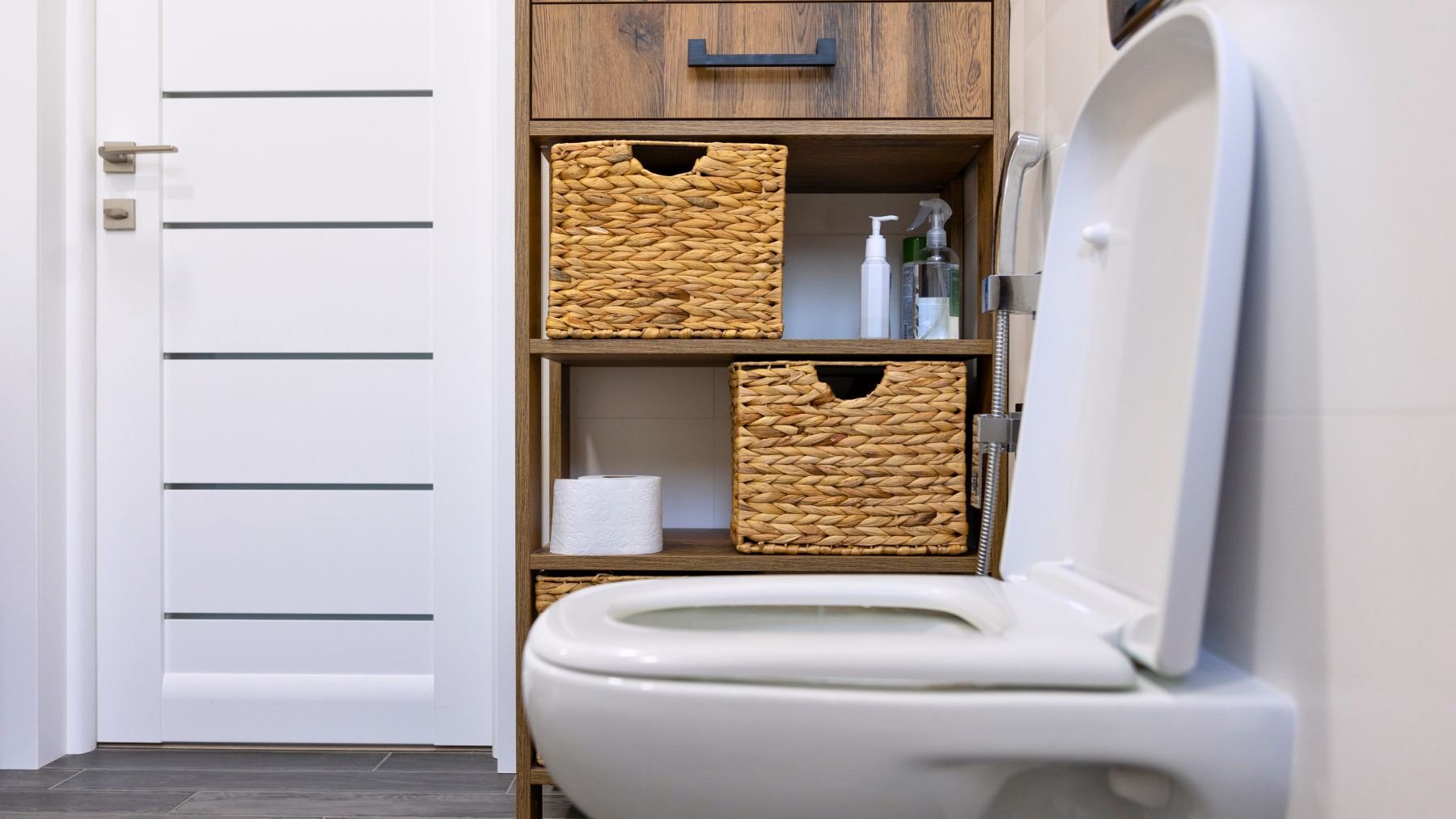If you’ve ever hesitated to sit on a public toilet seat, you’re not alone. It’s one of those myths that refuses to die: the idea that you can catch infections or diseases just by sitting down. According to infectious disease specialists, that’s simply not how germs work.
Experts from Parkway Hospitals, including infectious disease physician Dr. Leong Hoe Nam, say the fear is overblown. The truth is that while public restrooms can host bacteria, the toilet seat isn’t the biggest problem. Here, we’ll explain what’s really risky in public bathrooms and look at a few other common health myths doctors wish we’d stop repeating.
The truth about public toilet seats
The idea that you can catch something serious from a toilet seat is one of the most persistent health myths. It sounds logical—toilets are used by strangers, and they don’t seem particularly clean—but the science tells a different story.
The skin on your bottom acts as a strong barrier. Unless you have an open wound, it’s not an easy entry point for bacteria or viruses. While it’s technically possible to pick up germs from a seat, the chances are extremely low. You’re actually more likely to get sick from other surfaces in the bathroom, like door handles, sink taps, or counters, because you touch them with your hands and then unconsciously touch your face.
That’s where the real risk lies. Germs don’t teleport into your body from a seat; they need a way in, and your hands are usually the culprit. The best protection is washing your hands thoroughly with soap and water before leaving the restroom. It’s the single most effective way to prevent infections.
So, unless a seat is visibly dirty, there’s no reason to hover awkwardly or build a tissue barrier. In fact, those habits can sometimes make things worse, since touching multiple surfaces to build your “shield” just spreads more germs around. Sit if you need to, wash your hands after, and stop stressing about toilet seats.
Other common myths doctors keep correcting
Doctors constantly have to set the record straight on other common health misconceptions that people keep believing. Here are a few:
- Microwaving food destroys nutrients: Cooking always reduces nutrients to some extent, but microwave cooking actually preserves more because it uses shorter cooking times and less heat.
- Sleeping with wet hair causes a cold: Colds come from viruses, not from being damp or cold, but sleeping with wet hair can encourage bacteria on your pillowcase, which may cause breakouts.
- The five-second rule makes dropped food safe: Bacteria transfer instantly. If food hits the floor, it’s best to wash or toss it.
- Cracking your knuckles causes arthritis: The cracking sound comes from gas bubbles in your joints, not from damage.
- You should peel all fruits and vegetables: In most cases, the skin contains valuable fiber and vitamins. As long as you wash produce well, you can safely eat the peel.
Health myths spread easily because they sound reasonable, and sometimes because we’ve heard them since childhood. But many of them are harmless misunderstandings that stick around longer than they should. Before believing every “fact” you hear about health, ask a doctor or check reliable medical sources. Most of the time, the truth is far less dramatic and much easier to live with.

